Orange Dream Digital Quilting Design
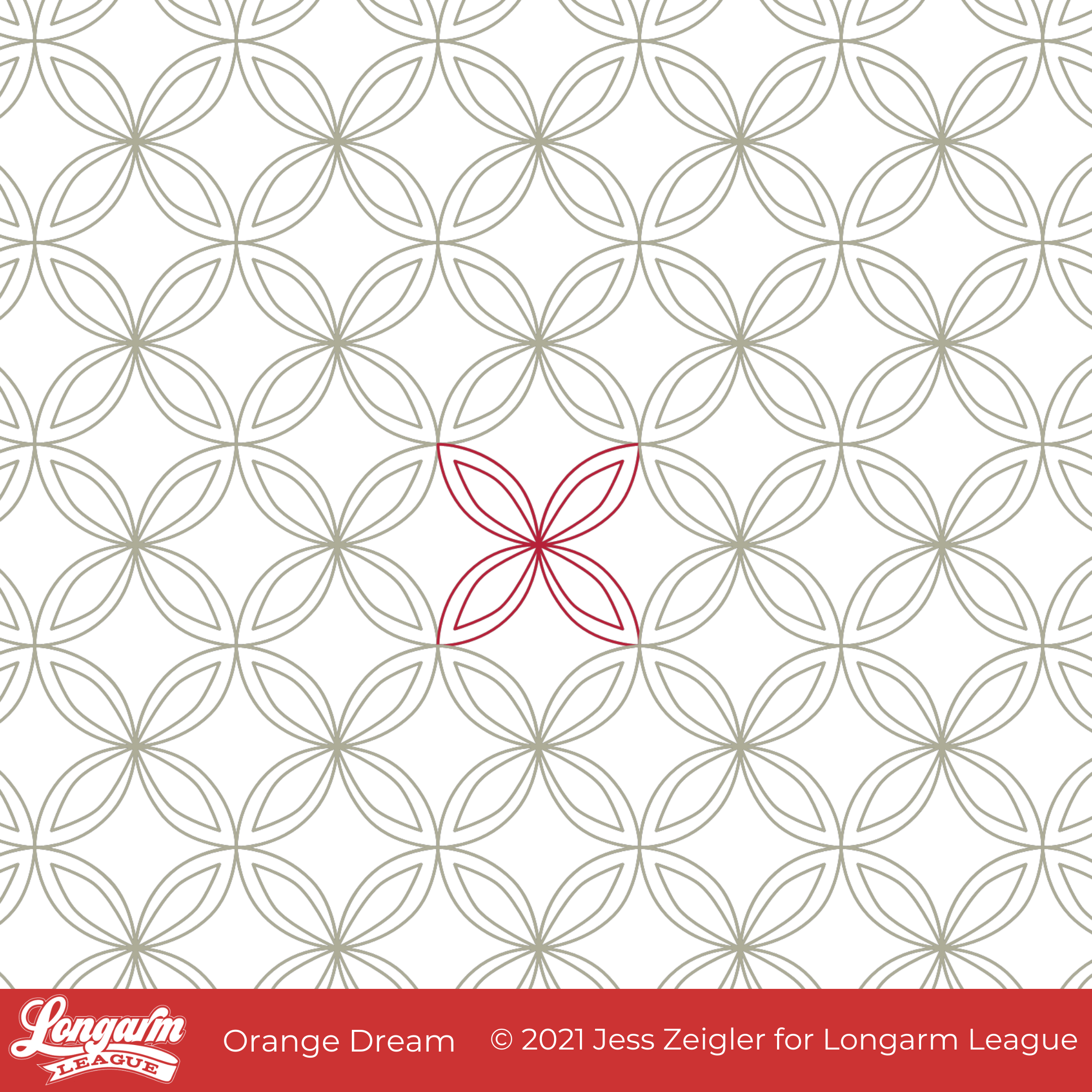
I love a classic Orange Peel moment! This design is a simple variation on a classic that adds a touch of sass... as long as sassy and elegance can coexist.
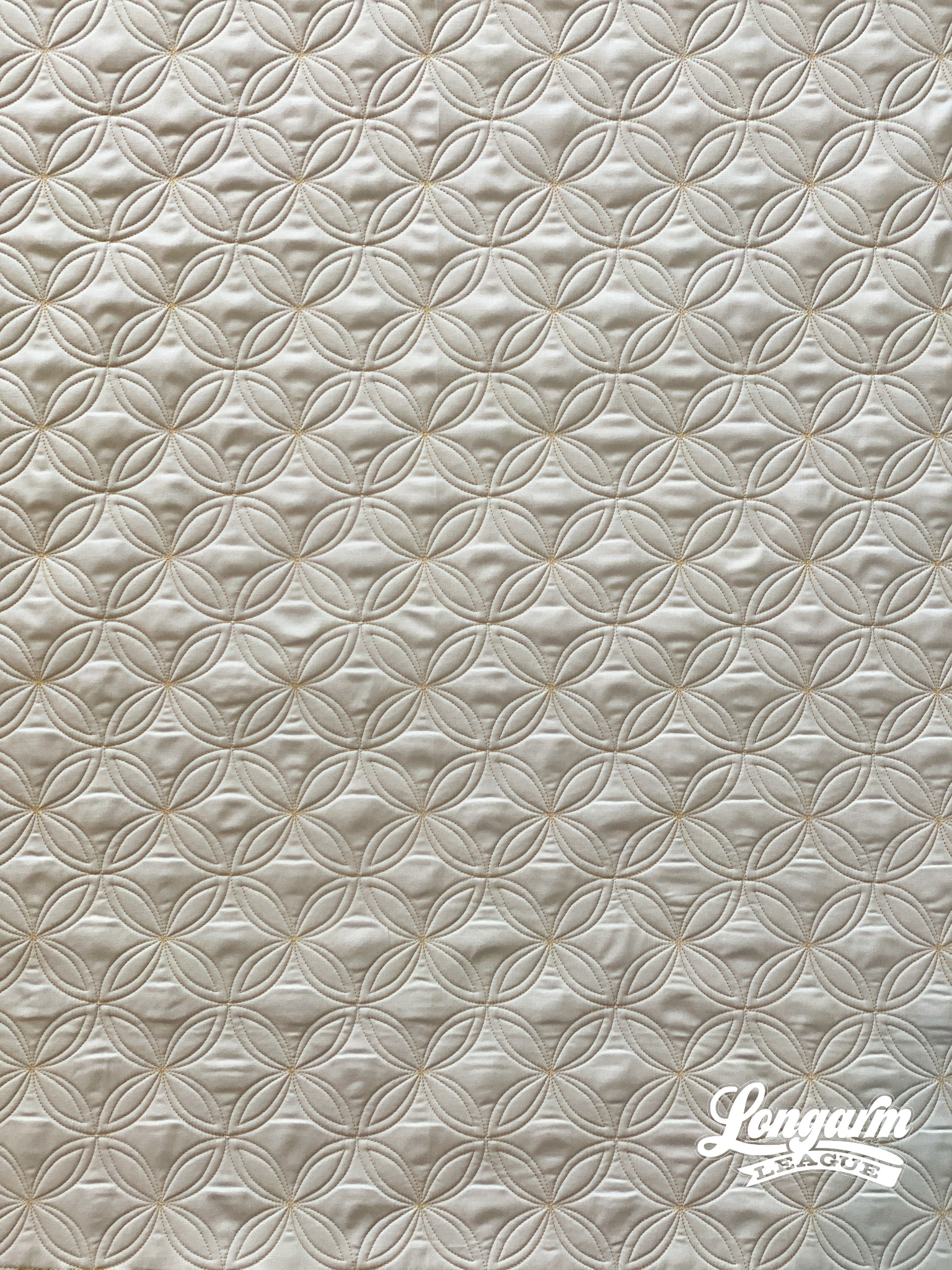
Let's face it, one of the reasons why Orange Peel quilting works so well is because it's simple and extremely versatile.

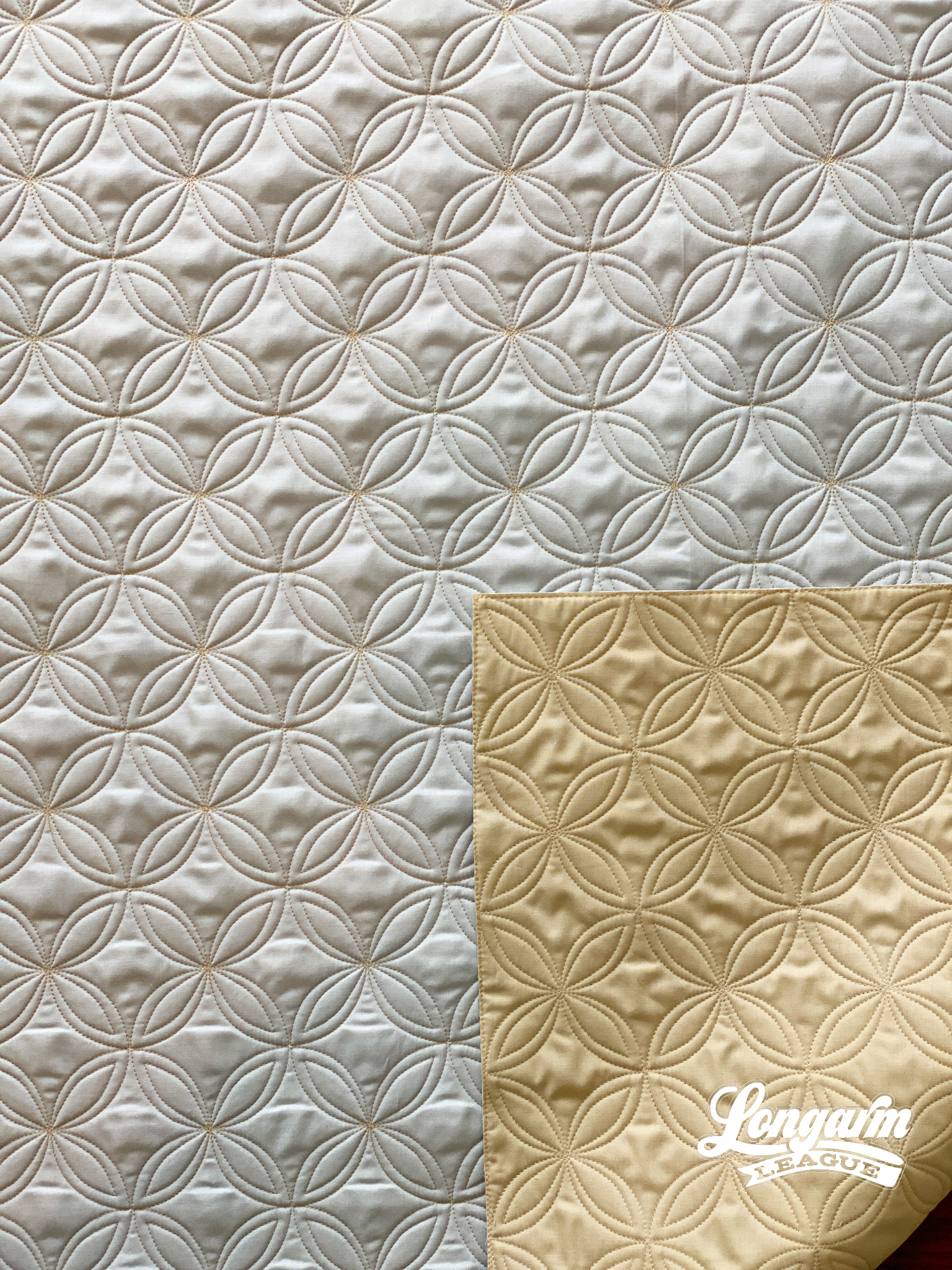
You could easily use this design on modern tops or traditional tops and it'll look great on both. In fact, I think the classic design is made a touch more modern by having the echoed "peel" within each shape. And when used on a traditional quilt top, I think that's when it could read a bit fancier.
I could also see this design lending itself well with floral-themed quilts.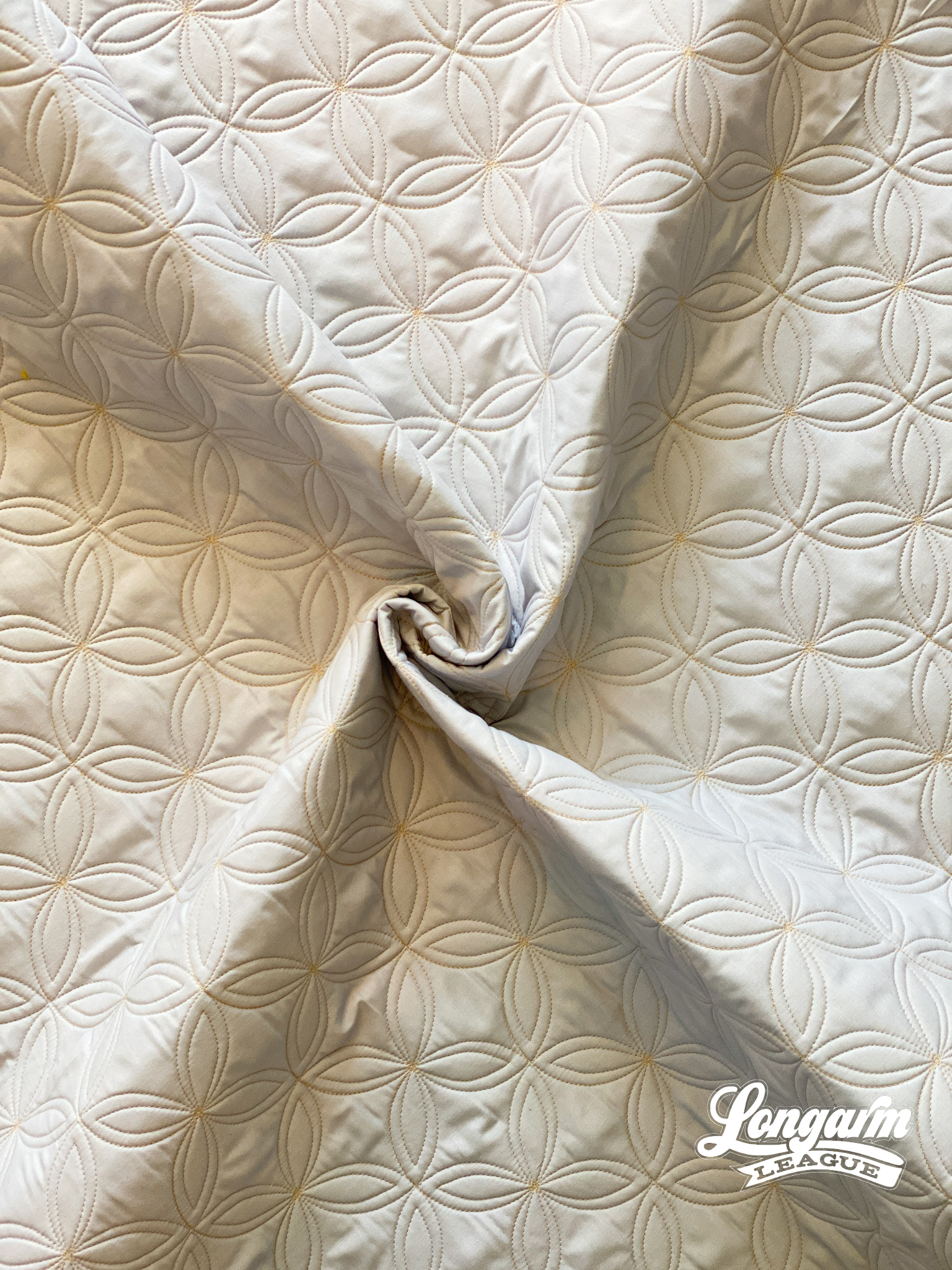
Another major benefit of this design is that it's multi-directional. It's going to look the same whether you load your top sideways or not. If you are trying to save time and capitalize on efficiency, loading the long side of the quilt to the leaders will mean advancing and re-aligning fewer times.

As for set-up, there is no o...
Feathered Spirals Digital Quilting Design

Instead of a soulless (😂) solid sample quilt, I'm so happy to share the special quilt I made for my new niece, Kate!

It had been such a long time since I'd done any sewing. I really love the entire quiltmaking process, so it was fun to get out the rotary cutter and domestic sewing machine again and work on something new.
And what better reason than a new baby in the family?

I "kept it simple" by deciding on a classic sawtooth star quilt. I picked fabrics from my stash and used the same fabric for my background throughout the quilt. I didn't need instructions because I've made this star so many times in the past. I did make myself a general "map" as I was cutting fabrics and making my stars. Feel free to use my decidedly unfancy pattern:
If you need a little more to go on than this, google sawtooth star, you'll likely find hundreds of patterns/tutorials.

Can we talk about the quilting already?! Ha - as a longarm quilter, it's my favorite part of the process.

I des...
Laverne and Shirley Digital Pantograph Designs
Meet Laverne...
and Shirley!

One's straight-laced, one's a little more adventurous. They are similar feather designs with different spines. If not sister designs, AT LEAST coworker/roommate designs. 😊
Even though it's a challenge to say Shirley and Laverne in that order, Shirley is where I want to start because that is the order of design conception.
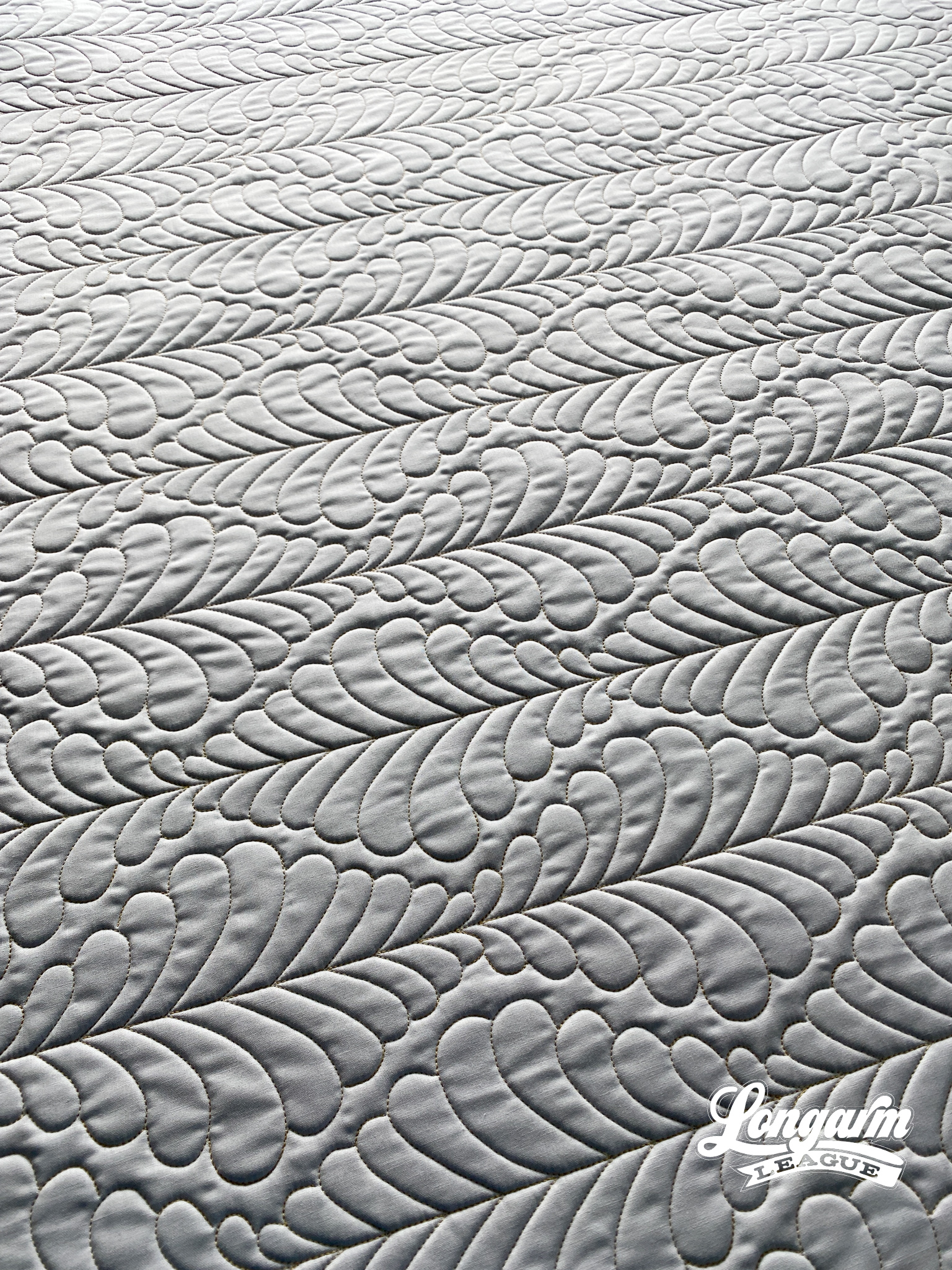
I liked the idea of the feathers nesting and interlocking within peaks and valleys of each row.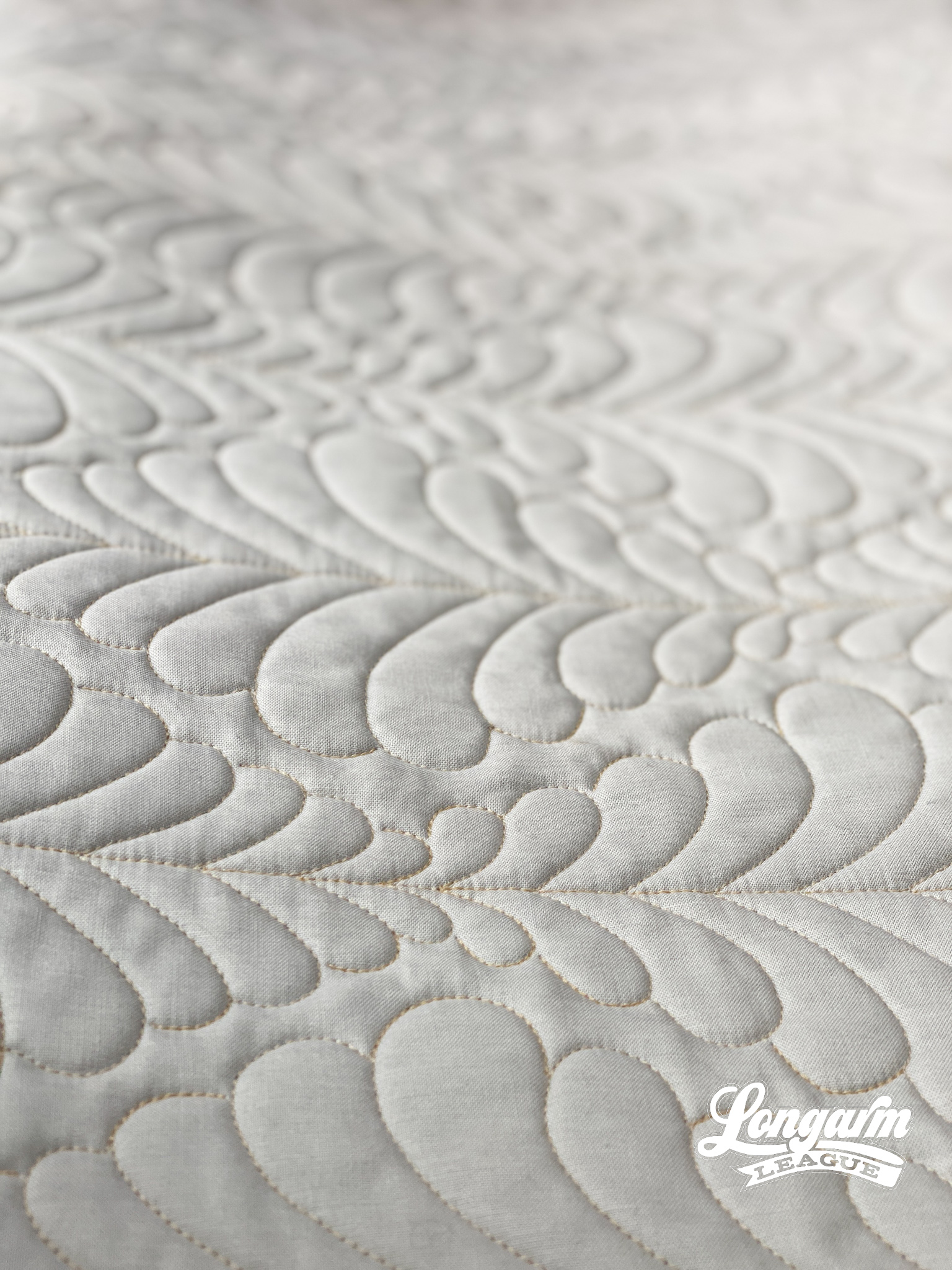
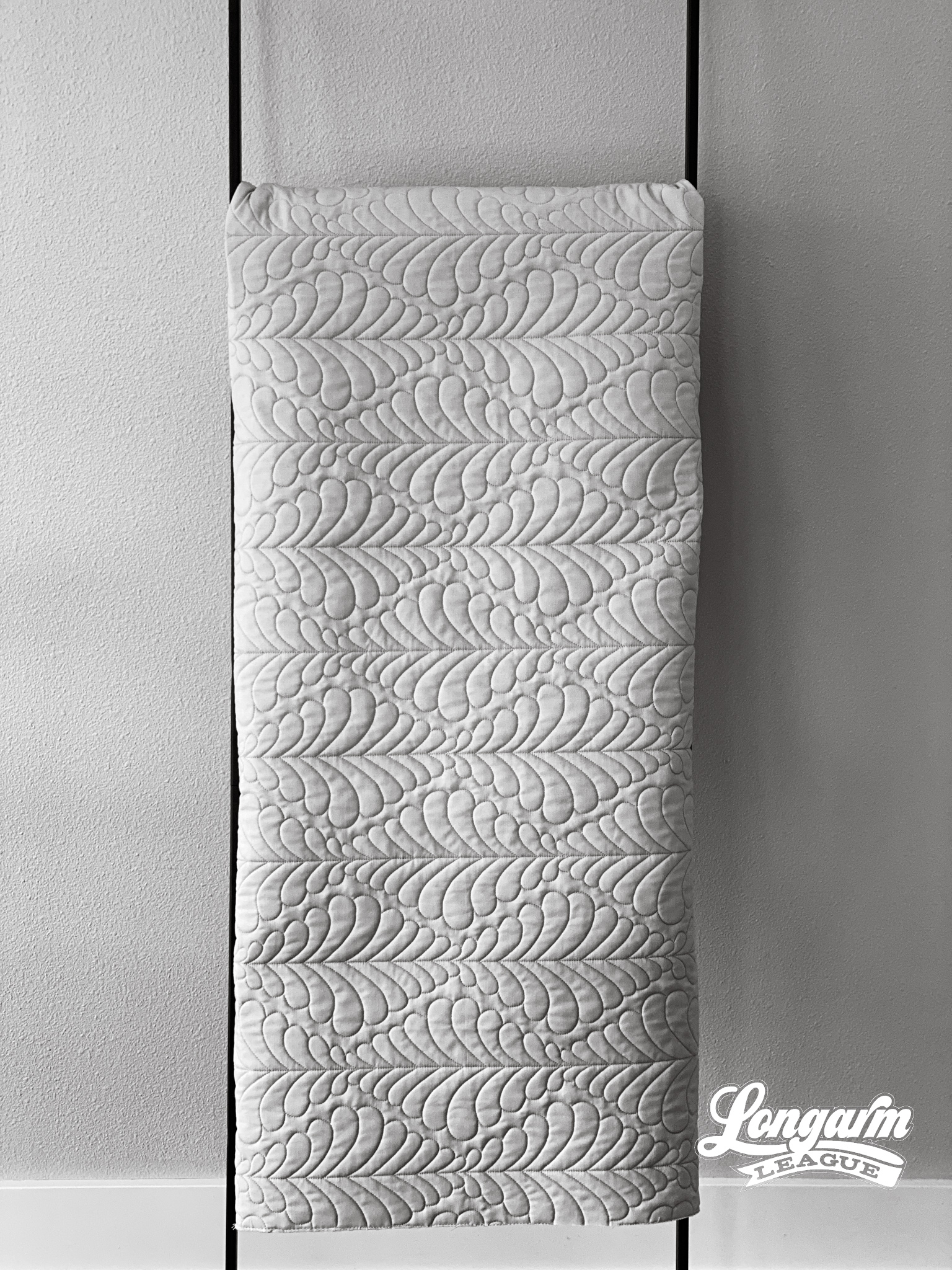
As with any design, I try to use backtracking or over-stitching as little as possible. When I would free-motion quilt, I made my feather bumps in the same fashion, but with the computer, I can "build my spine" incrementally as I progress from left to right.

Even though the designs look very similar, they are set up differently.
The Shirley design is made up of one feather motif that repeats and the Laverne design is made of a couplet that repeats: an upstream and downstream spine. See more pictures of the Laverne design to...
Featherweight Digital Quilting Design

I love feathers.
I took my first quilting class in 2005. Not a piecing class, an honest-to-goodness beginner's machine quilting class that taught things like which materials to use, how to baste, and how to {start to} free-motion quilt.

In that class, we saw examples of real-life quilts that had been quilted. Our instructor passed around even more books of incredibly inspiring quilting. I fell for hard for feathers right then and there!
This was also the class where I heard ladies talking about long arms and I just nodded along, not having any idea about what that could be referring to. 😂


Basically, I've loved feathers ever since, in all kinds of iterations. I practiced drawing and quilting them until I got it down pat. I started out being truly the worst at it! It's not a natural thing—knowing how to create feathery shapes. Thank goodness for books and (much later) YouTube! 

As for this design, I wanted to make minimalistic-looking, plump feathers that are easy to ...
Leafy Bloom Digital Quilting Design
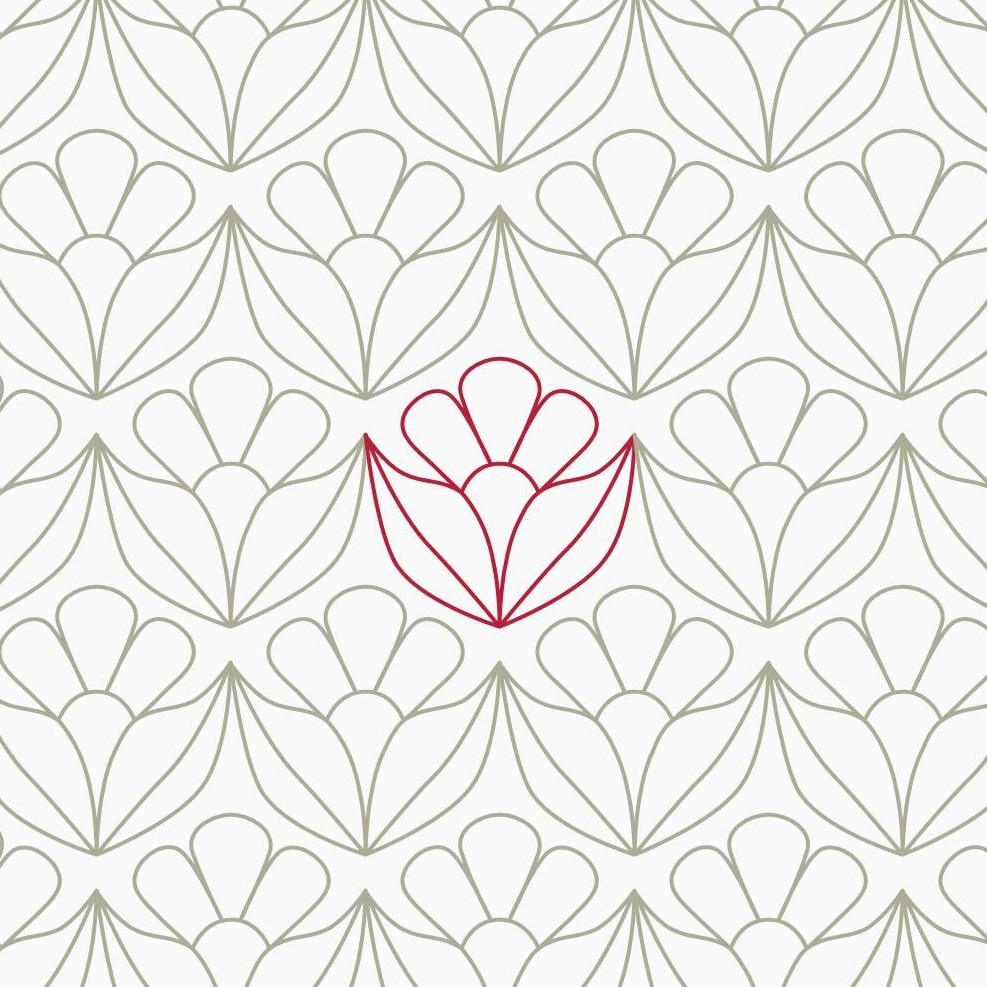
For this new design, I wanted to explore a geometric and simplified version of a flower. In general, I'm not into flowers or gardening, so I really have no idea if it looks like anything existing in nature. Also, please don't hold that against me! It feels like I'm violating a sacred quilter's code or something. Quilting and gardening seem to go hand in hand.

What I do really like, however, are simple repeatable shapes. I like the way the texture can recede into the background and be present, even when it doesn't have to be the star of the show.
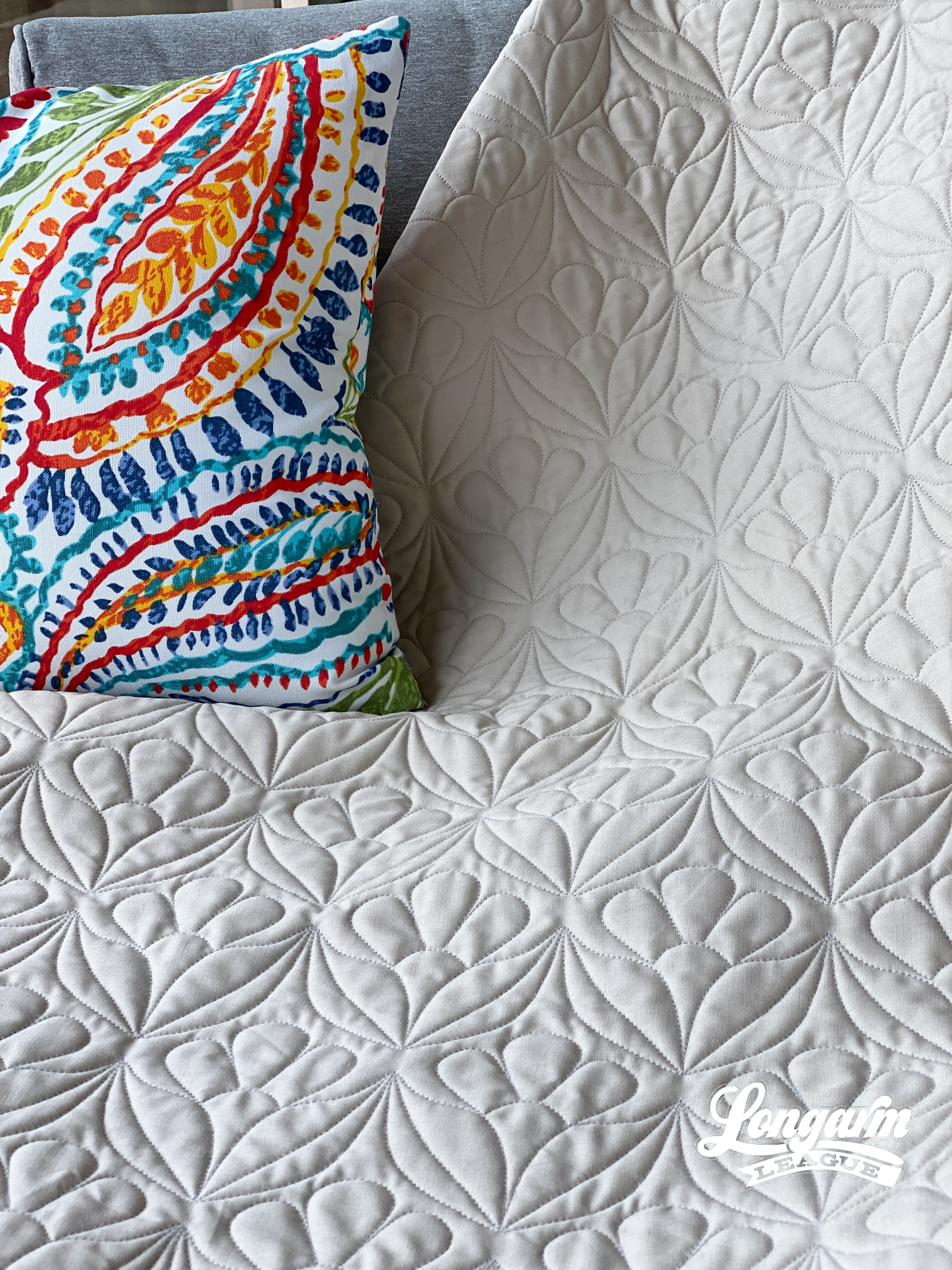

Another thing I try to watch for as a designer is that the quilting is evenly spaced, giving a nice uniform texture to an edge-to-edge design. It's the little things like this that make me happy! 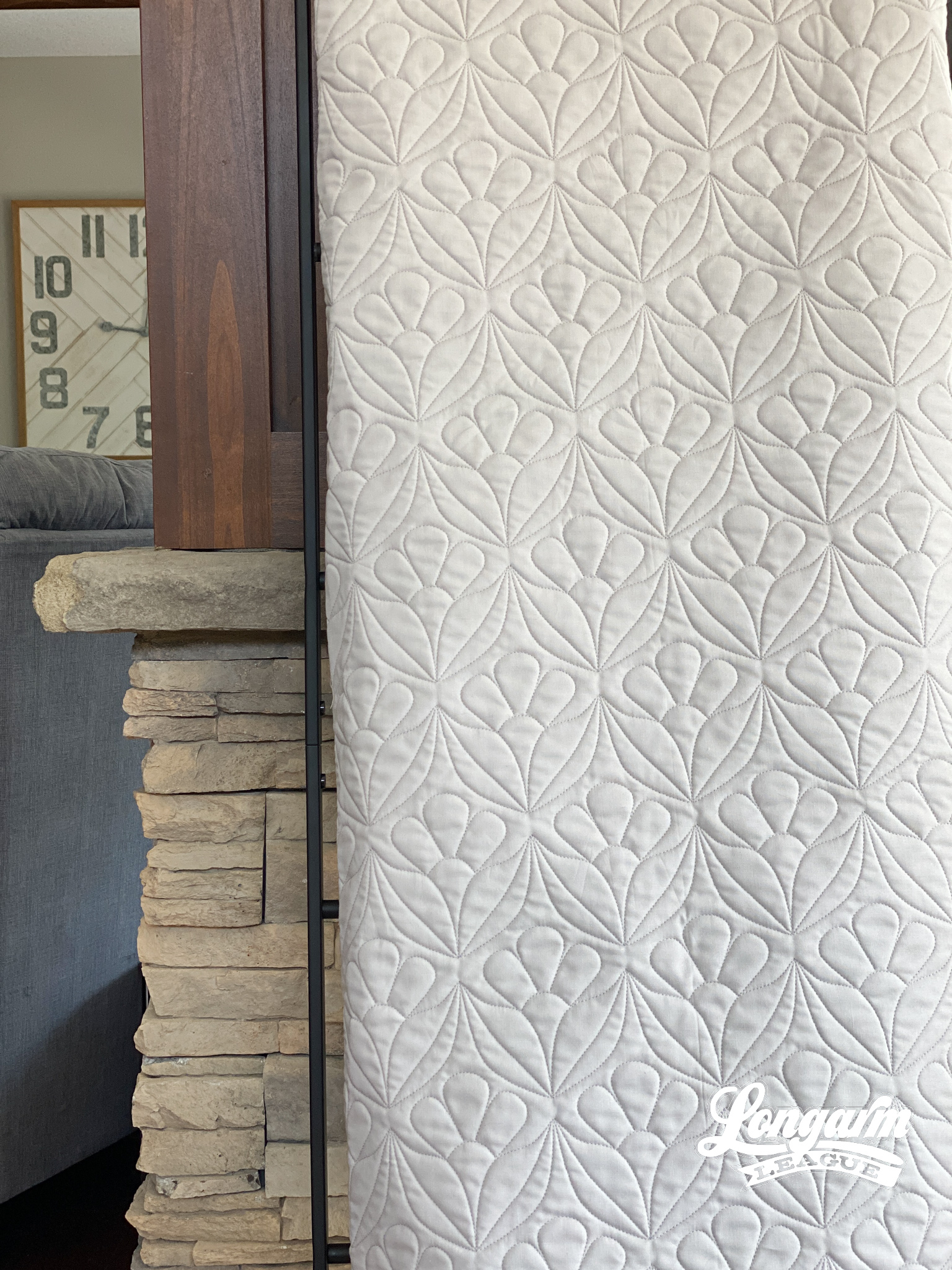

This sample quilt size is approximately 45" x 50". For reference in scaling this design, the pictures here show a row height of 3.5". If you include the gaps between the rows, the total pattern height would be 4.167". That would mean t...
Changing the Start and Stop Points in Art and Stitch
As part of the Longarm League membership, I recently recorded an interview/pantograph design brainstorming session with Tawny Oland of Simply Fabulous Quilting. Tawny's first pantograph release called Chunky Knit and can be purchased here.
Another League member named Tera Nicolo-Smith stitched out Tawny's Chunky Knit panto on a client's quilt. All the other details can be found here:
View this post on Instagram
Tawny has been working on a new really awesome digital design and while we were discussing stitch path options and trying to "optimize" the design, we noticed that Art and Stitch swapped the start and stop points... without permission! How rude! I'm being dramatic, I'm sure it was something I did to cause the change, but I couldn't figure out how to switch it back.
Enter, Leisha Farnsworth of Quilting It. She's another incredible talent as a quilter and pantograph designer. I remember di...
Together Digital Quilting Design
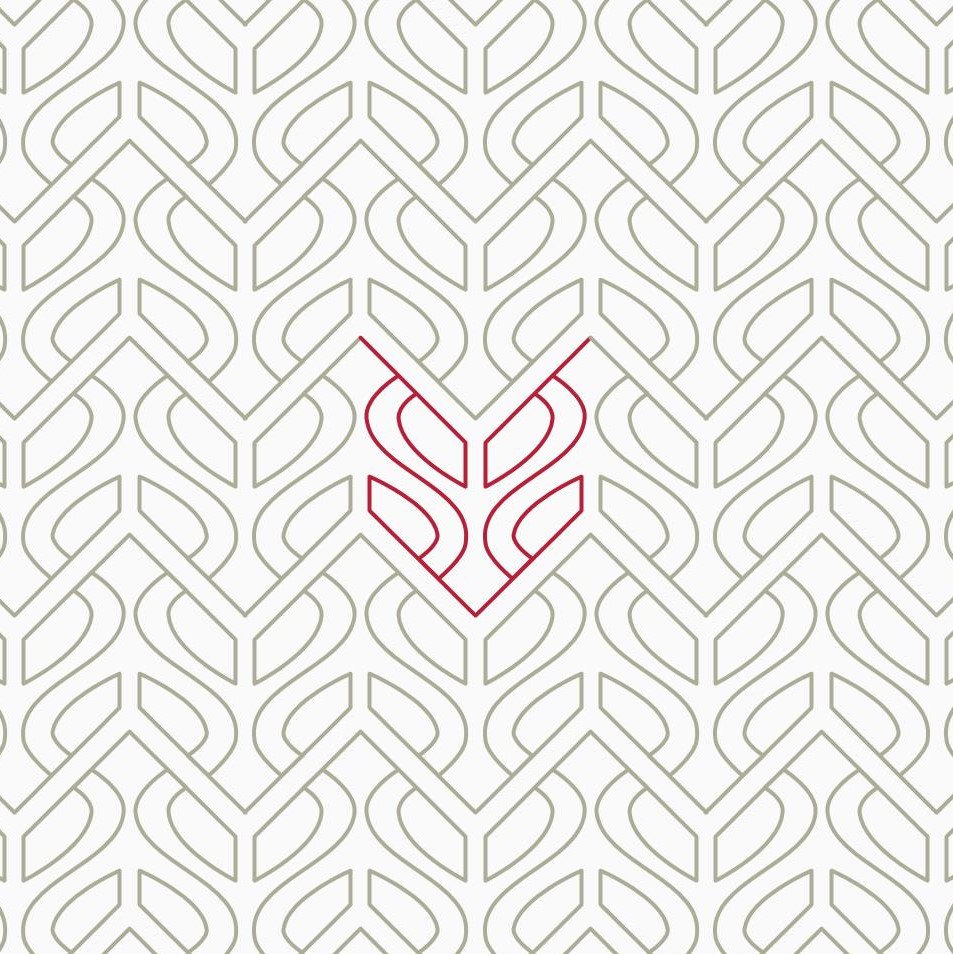
Meet the digital pantograph design released to the Longarm League membership in July of 2021. It's called Together.
I work on a lot of designs—sometimes many at once—and can't always remember what my inspiration or motivation behind them was, but I'm pretty sure this was started after seeing some wallpaper on Pinterest that I really liked. That's not the first time that's happened, either. It turns out wallpaper really gets my creative juices flowin'! When I nested the repeating rows together, I saw the possibility of them appearing to intertwine, and I was really into that idea.

I could see this design working well on a modern quilt top, and/or perhaps one with a lot of negative space - the texture really looks great!

This sample quilt size is approximately 45" x 50". For a reference in scaling the design, the pictures here show a 3.0" row height with a gap between rows of -1.167" which created a pattern height of 4.167".

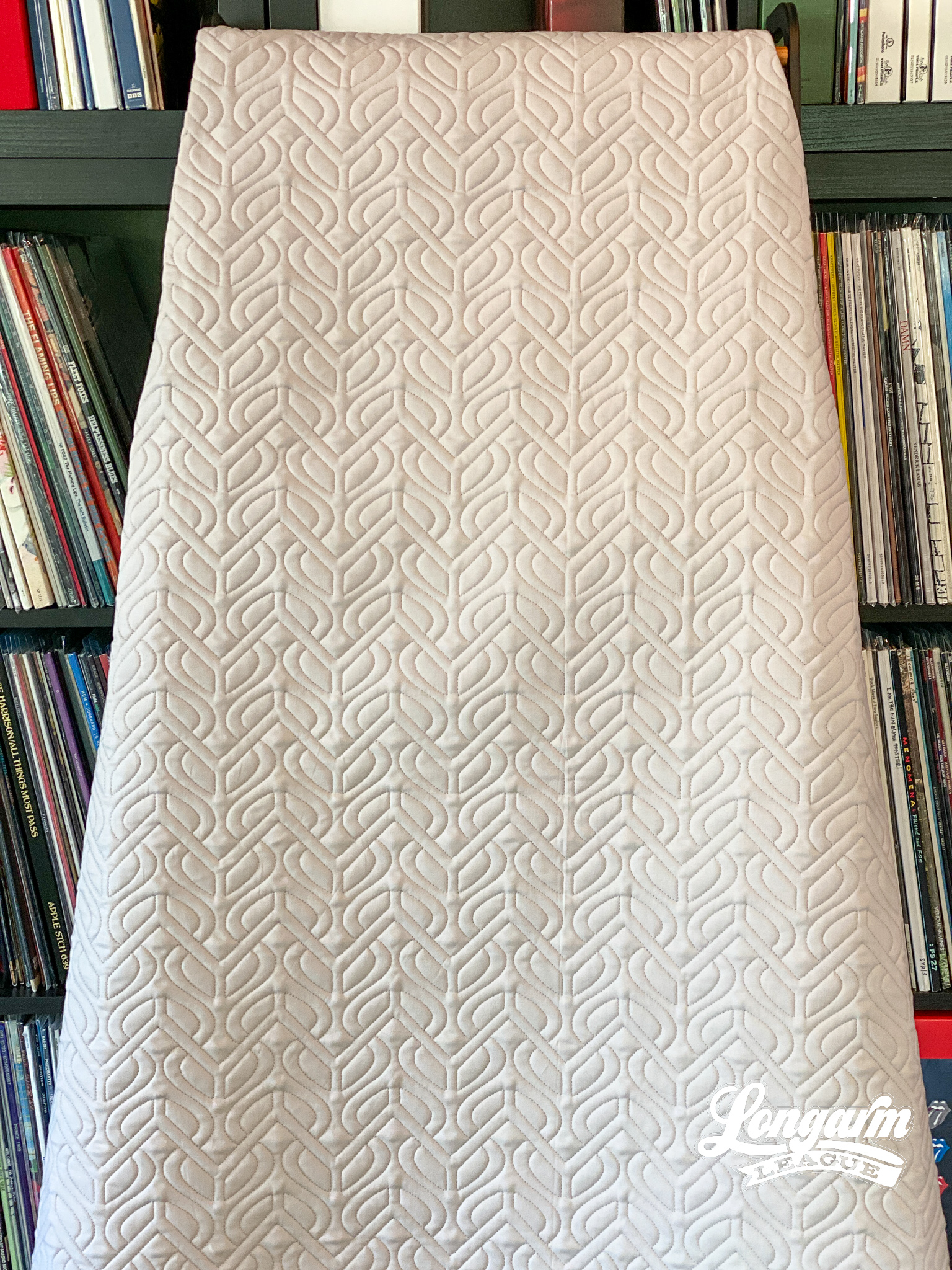
There are some small areas of backsti...
Glancing Digital Quilting Pantograph Design
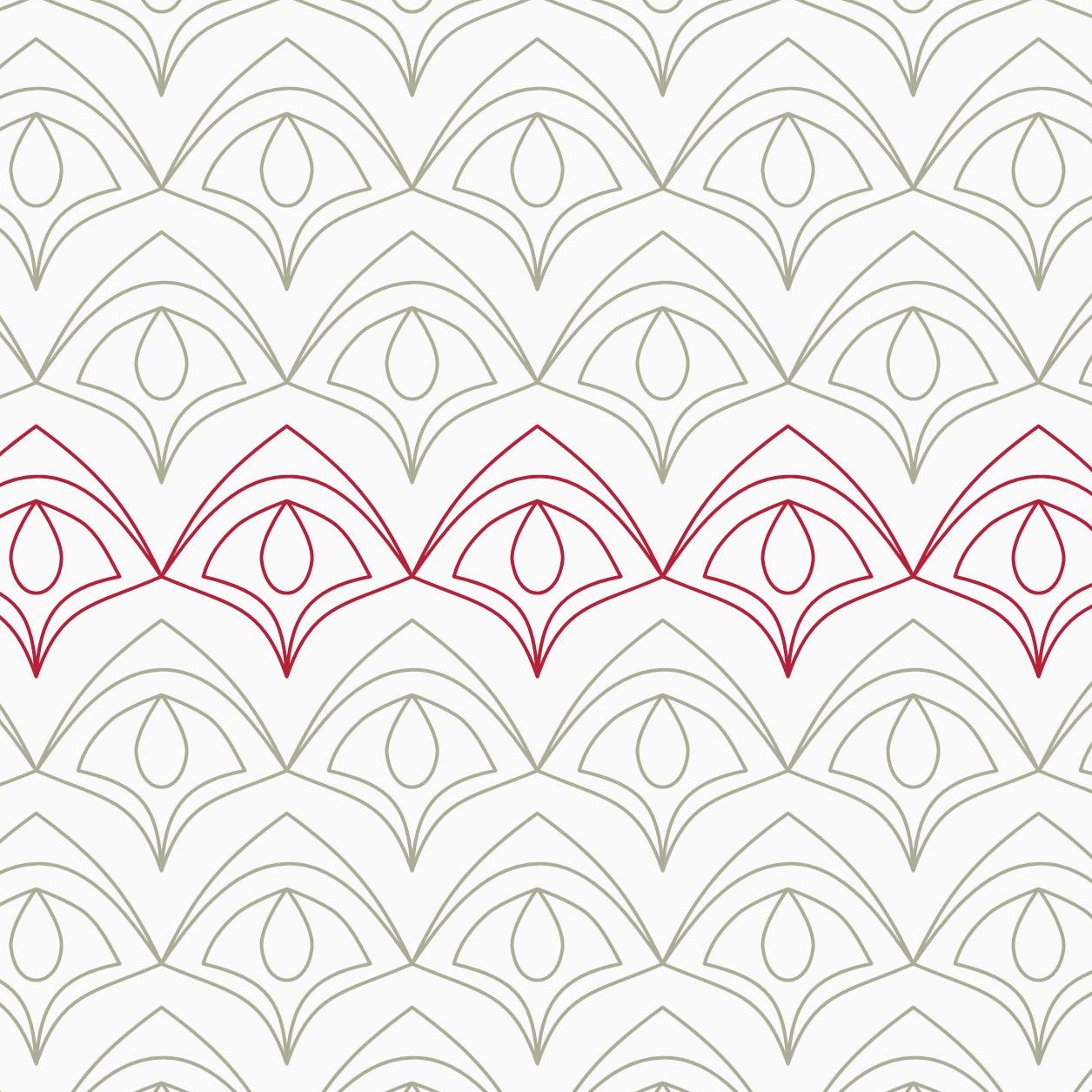
I get naming fatigue when I'm working on lots of pantograph designs, often at the same time. I like to have practical names so that I can remember essentially what they look like without opening the files, but then those names don't often translate well to the marketplace.
This is one of those designs that I really can't recall what it started out being, but after I saw "snake eyes" I couldn't really see anything else. Longarm League member Lin Miller suggested the name Glancing in our Slack channel and immediately I knew that it was a better title than Snake Eyes. Or maybe I should have cut right to the chase and named it Kaa after the character in Jungle Book. 😁 It wouldn't be the first time a design of mine inadvertently took on the shapes of animated Disney characters.
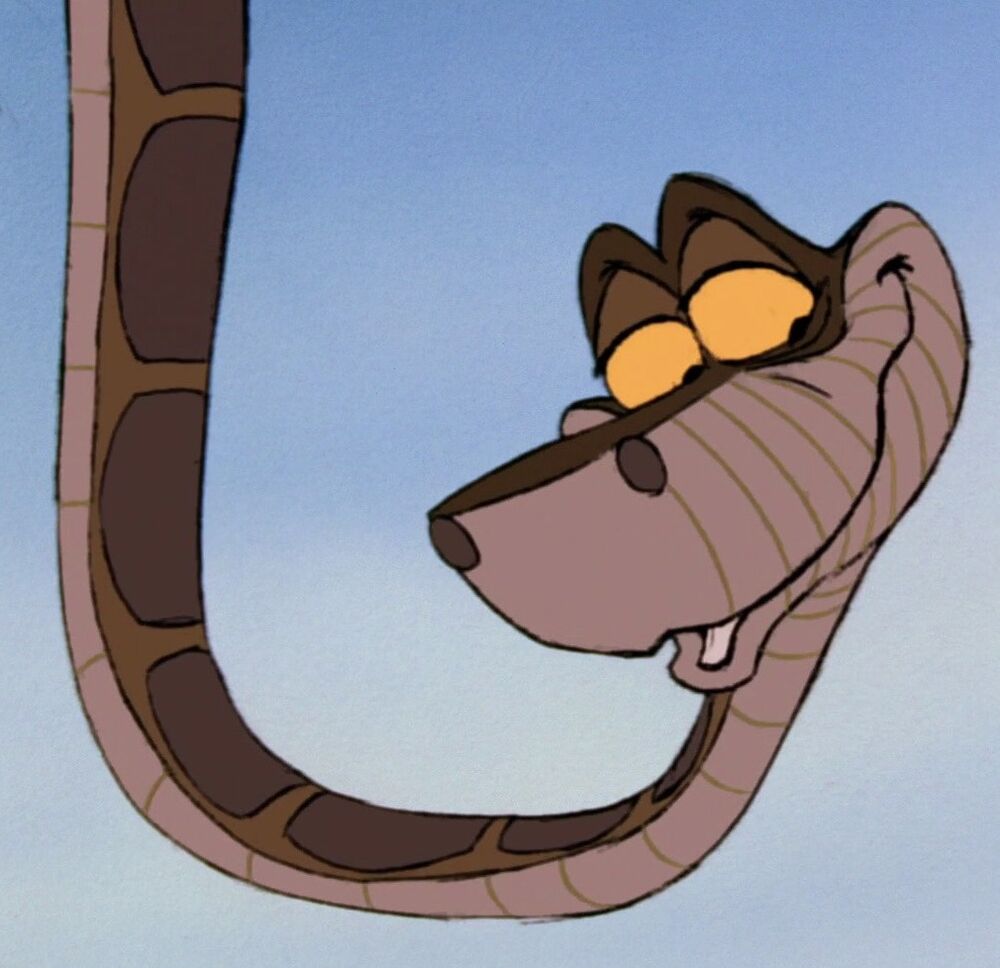
What I DO remember about this design is that it's easy to stitch out with no backtracking. Huzzah!
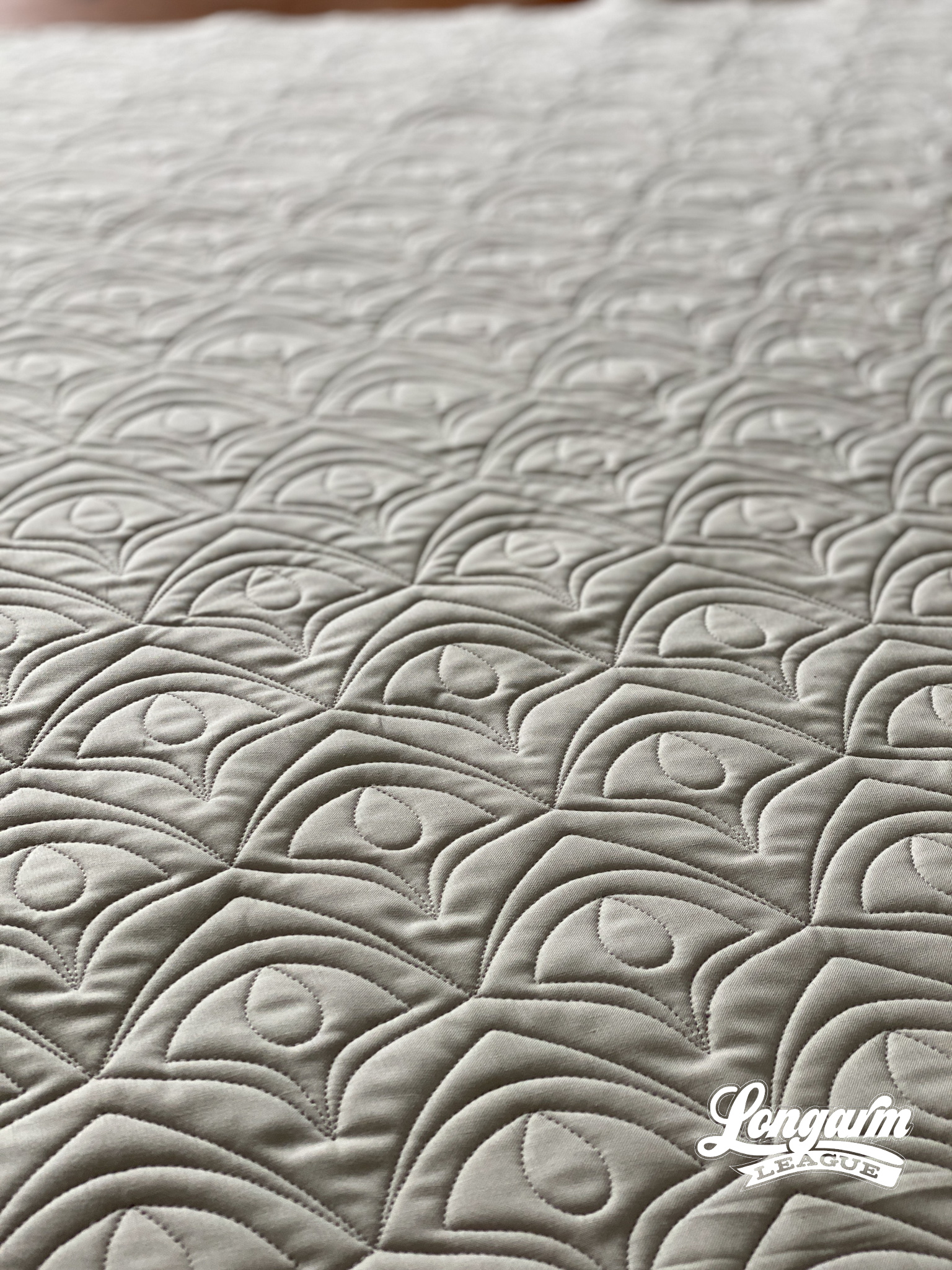
When setting the design up in a computerized system, it does require every other row to be offs...
Behold Digital Pantograph Quilting Design

I was so mesmerized by how this design was stitching out that I didn't realize I'd forgotten to record a snippet of the stitch path until I was on the last row! Oops! The video of the final row stitch-out is available at the top of this post.
What I really like to show in the videos is how any backtracking happens. As a designer, I try not to use backtracking too much, but it's also unavoidable at times. So, yes, there is some backtracking in this design, but it's not too intense. If it helps me accomplish a pretty result? Sign me up! I'm okay with that.

The upside-down clamshells are staggered a bit—one higher than the other on the repeat—so that you can set it up on your computer without offsetting. Once the rows are placed, you'll want to nest the rows closely, but they shouldn't touch. The space between the rows will give a little bit of margin and help hide any inconsistencies during realignment. It needs to be close, but placement does not have to perfectly meet the prior ro...
Preview of the Longarm League's Group Call with Jenae Alves of Vintage Stitch by Jenae
'Business Builders' are members that have already started their longarm quilting business but are looking for ways to optimize their systems or grow their client base.
On the third Wednesday of each month, our Business Builders meet for a Group Call. We meet via Zoom so that it's interactive, but then we also record the calls so that anyone who is unable to attend the live meeting can watch later. Anyone who joins the Longarm League at the Business Builder level can access our whole library of previously published lessons and recorded calls.
Today was our one year anniversary of adding the Group Call feature. In the last year, we've covered the following topics:
- easing the fullness of a quilt
- additional income streams
- cloud-based accounting
- Profit First
- creating a brand
- collaborating with designers
- search engine optimization (SEO) for beginners
- small business taxes
- running multiple longarm machines
- common Instagram mistakes
- Sew Tites Magnum magnets and other loading methods ...









